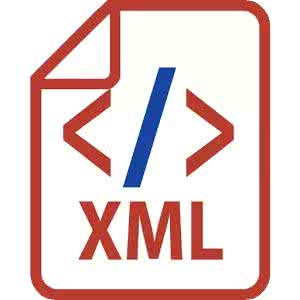Tools that alert developers about library vulnerabilities depend on accurate, up-to-date vulnerability databases which are maintained by security researchers. These databases record the libraries related to each vulnerability. However, the vulnerability reports may not explicitly list every library and human analysis is required to determine all the relevant libraries. Human analysis may be slow and expensive, which motivates the need for automated approaches. Researchers and practitioners have proposed to automatically identify libraries from vulnerability reports using extreme multi-label learning (XML). While state-of-the-art XML techniques showed promising performance, their experiment settings do not practically fit what happens in reality. Previous studies randomly split the vulnerability reports data for training and testing their models without considering the chronological order of the reports. This may unduly train the models on chronologically newer reports while testing the models on chronologically older ones. However, in practice, one often receives chronologically new reports, which may be related to previously unseen libraries. Under this practical setting, we observe that the performance of current XML techniques declines substantially, e.g., F1 decreased from 0.7 to 0.24 under experiments without and with consideration of chronological order of vulnerability reports. We propose a practical library identification approach, namely CHRONOS, based on zero-shot learning. The novelty of CHRONOS is three-fold. First, CHRONOS fits into the practical pipeline by considering the chronological order of vulnerability reports. Second, CHRONOS enriches the data of the vulnerability descriptions and labels using a carefully designed data enhancement step. Third, CHRONOS exploits the temporal ordering of the vulnerability reports using a cache to prioritize prediction of...
翻译:提醒开发者注意图书馆脆弱性的工具取决于安全研究人员维护的准确、最新的脆弱性数据库。这些数据库记录了与每个脆弱性有关的图书馆。然而,脆弱性报告可能没有明确列出每个图书馆和人类分析,以确定所有相关图书馆。人的分析可能缓慢而昂贵,这促使需要自动化方法。研究人员和从业人员提议使用极端多标签学习(XML)自动识别脆弱性报告中的图书馆。虽然最先进的XML技术表现良好,但其实验设置实际上不符合现实情况。以前的研究在不考虑报告的时序顺序的情况下随机将脆弱性报告数据分开,用于培训和测试模型。这可能不适当地用时间顺序较新的报告来培训模型,同时用时间较老的模式测试模型。但在实践中,经常有人收到与以往不为人知的图书馆有关的按时间顺序编制的新报告。根据这一实际环境,我们观察到目前XML技术的绩效大幅下降,例如,在不考虑时间顺序的脆弱性报告的情况下,从0.7降至0.24。我们提议,利用CROOS的更接近时间顺序报告进行实际的图书馆识别方法,即CHOS的升级。



